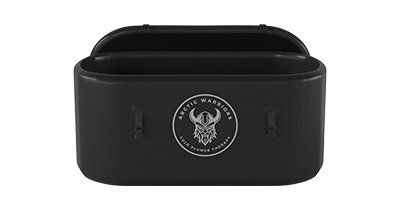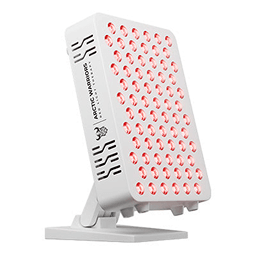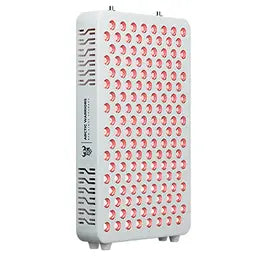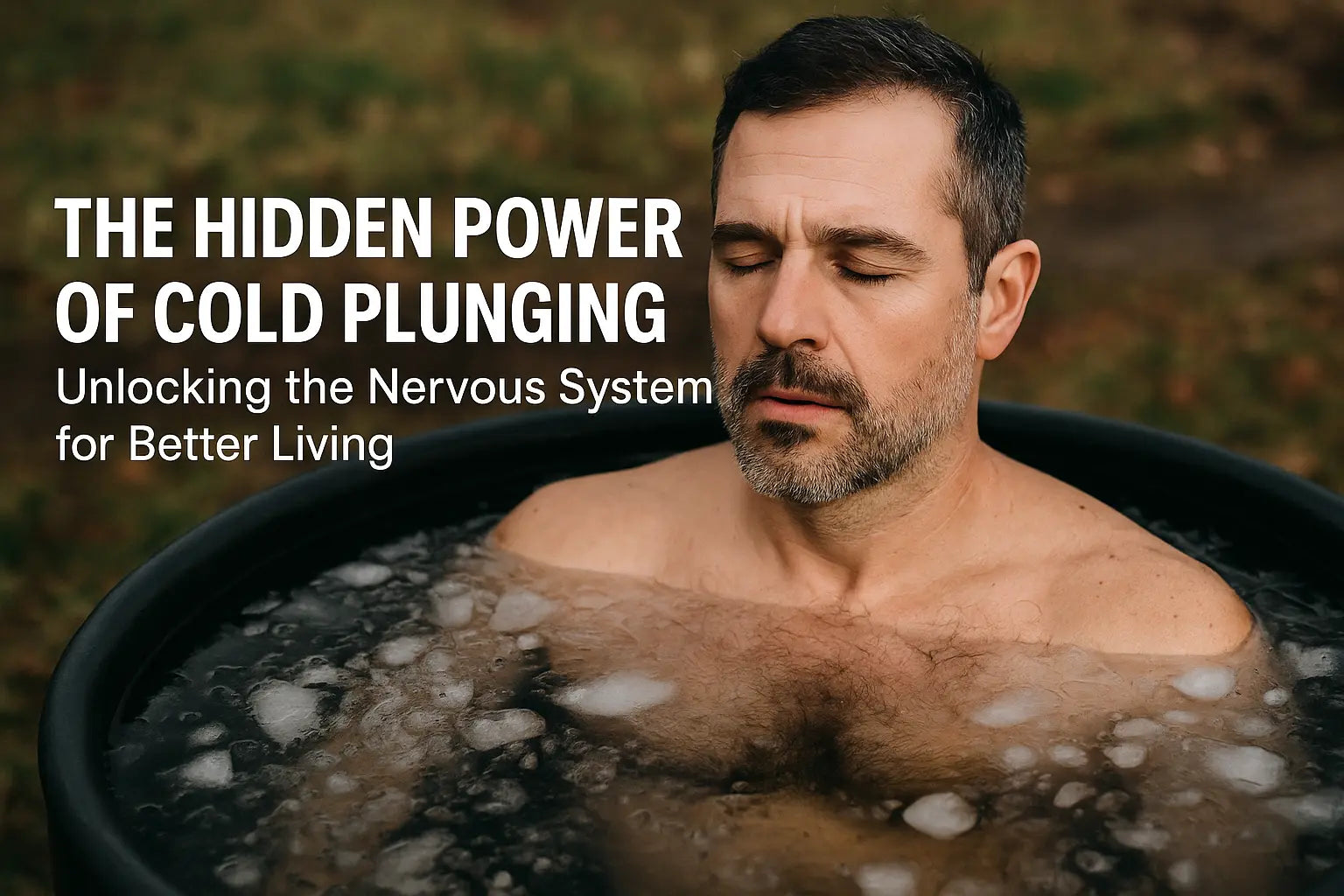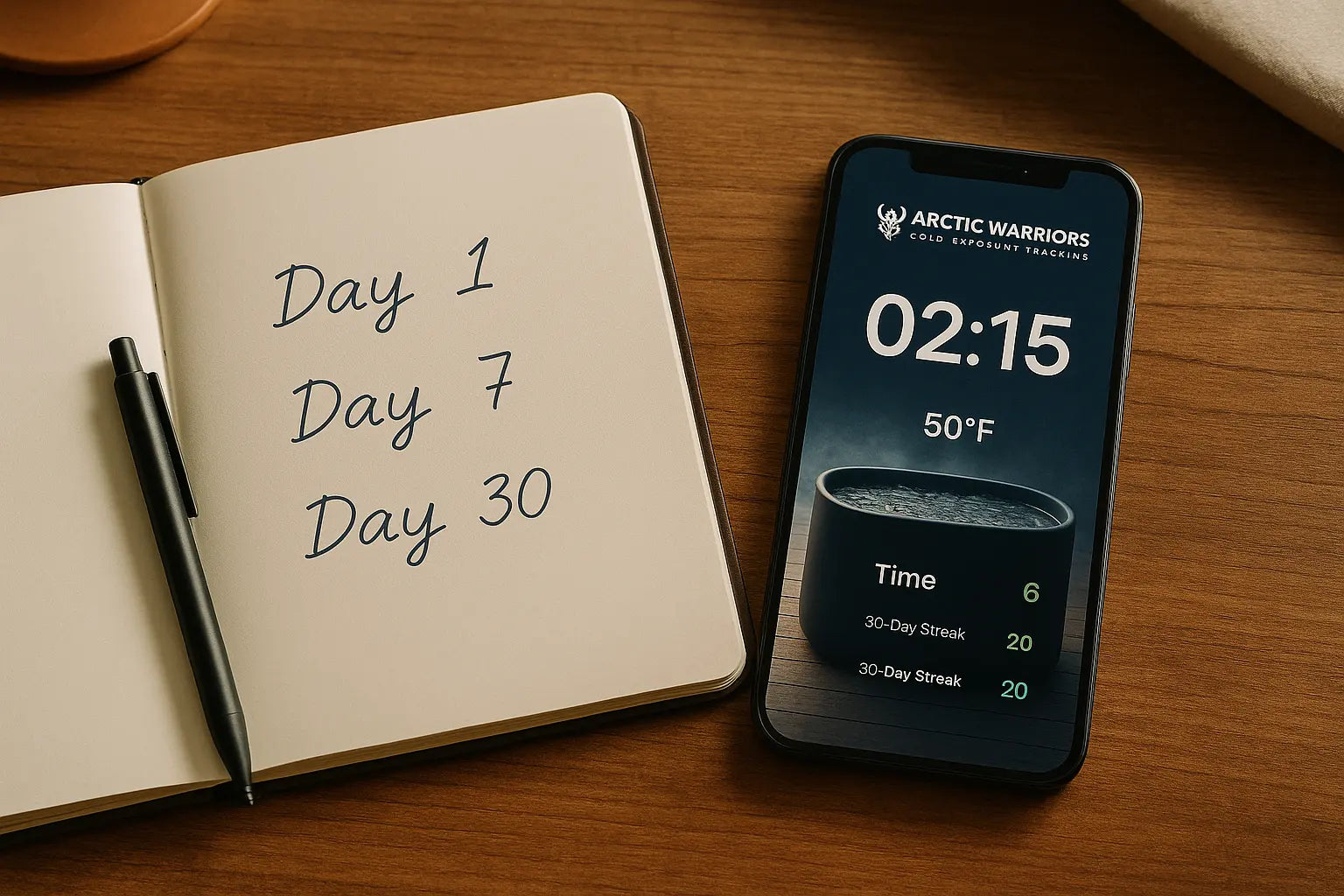Unlocking the Nervous System for Better Living

Cold plunging has become a buzzword among athletes and wellness enthusiasts, but its true magic goes far beyond muscle recovery or trendy morning routines. One of the most overlooked yet powerful effects of cold water immersion is its influence on the nervous system.
Whether you’re managing stress, seeking sharper focus, or trying to regulate your emotions, your nervous system is the command center. And cold plunging? It just might be the reset button you’ve been looking for.
1. Your Nervous System Explained (Quickly!)
Your nervous system has two main branches:

-
Sympathetic Nervous System (SNS): Triggers the “fight or flight” response.
-
Parasympathetic Nervous System (PNS): Activates the “rest and digest” state.
Daily stress, poor sleep, and constant digital stimulation (hello, smartphones!) often leave us stuck in overdrive, dominated by the SNS. The result? Tension, racing thoughts, and creeping anxiety.
This is where cold plunging becomes a game-changer.
2. Cold Plunging as a Nervous System Regulator
When you plunge into icy water, your body reacts immediately: your heart rate spikes, breathing quickens, and adrenaline floods your system. But the real benefit comes from how you respond.

By practicing calm, steady breathing in the cold, you teach your body to shift from panic (SNS) into calm control (PNS). Over time, this rewires how you handle stress across all areas of life.
Benefits include:
-
Improved emotional regulation
-
Higher stress tolerance
-
Better sleep
-
Reduced anxiety symptoms

3. The Vagus Nerve: The Cold Plunge Hero
One of the key mechanisms is vagus nerve activation. The vagus nerve, a cornerstone of the parasympathetic system, helps lower heart rate, reduce blood pressure, and promote relaxation.
Cold exposure stimulates this nerve, improving vagal tone, a marker of resilience. High vagal tone means you recover faster from stress and stay more balanced under pressure.
High vagal tone = faster recovery = calmer, clearer living.
4. Neuroplasticity: Training Your Brain in the Ice
Every time you override the urge to leap out of cold water, you’re engaging in neuroplastic training. You’re reshaping your brain’s stress-response patterns, like flexing a mental muscle.
Over time, you’ll notice this “stress gym” effect showing up elsewhere—in tense meetings, heavy traffic, or personal challenges. You stay calmer, more focused, and more deliberate.
5. How to Start Cold Plunging for Nervous System Health
Small, consistent steps matter more than intensity.
Beginner Protocol:
-
Temperature: 50–59°F (10–15°C)
-
Duration: 1–2 minutes (gradually increase)
-
Focus: Deep, steady breathing
-
Frequency: 2–4 times per week
The goal is not endurance. It’s nervous system training. Stay calm, stay focused, and stay safe.
6. Who Should Try This?
Great for:
-
High performers with mental fatigue
-
Professionals seeking stress relief
-
Parents juggling multiple roles
-
Anyone wanting to reconnect body and mind
Use caution if:
-
You have cardiovascular conditions or cold sensitivity
-
You live with chronic illness (consult your healthcare provider first)
Final Thoughts
Cold plunging isn’t just an ice bath—it’s a tool for nervous system mastery. By voluntarily stepping into discomfort, you build resilience, clarity, and calm.
The practice teaches you to respond instead of react, and in today’s fast-paced world, that’s a superpower worth cultivating.
Ready to Reset Your Nervous System?
It’s not about being the toughest. It’s about learning to breathe through the chaos and emerging clearer, calmer, and stronger on the other side.
Start with Arctic Warriors Cold Plunge
If you’re ready to take the first step, our Arctic Warriors Cold Plunge is designed to make the practice simple, safe, and accessible at home.
-
Easy to set up and maintain
-
Built for consistent use — indoors or outdoors
-
The perfect way to begin your cold therapy journey without needing a frozen lake
Start small, start safe — and let Arctic Warriors help you unlock the nervous system reset you’ve been searching for.







